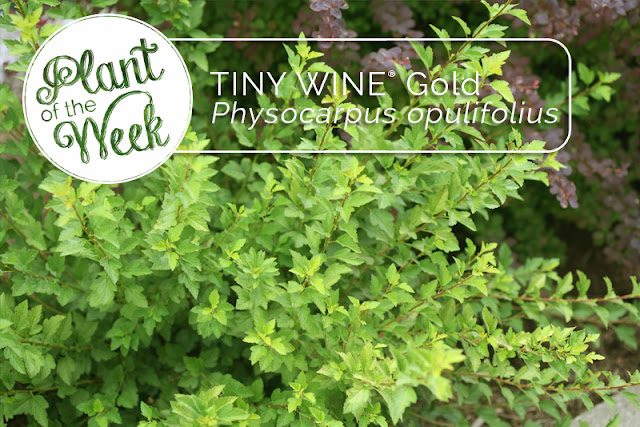Sprint to the end of the year!
You can do it! The
winter solstice has passed, so the days will be getting longer. There's
only a few days to go in 2016, and then we will have a fresh new
year to enjoy.
Sprinter® Buxus gets its name from its fast growth. I realize that speed is relative (for plant growth, anyway); it's still a boxwood. But it will finish twice as fast as most other varieties. That's money in the bank.
Sprinter® boxwood is hardy to USDA Zone 5, and grows 2-4' tall and wide. It will grow in sun or shade, and like other boxwood, has excellent deer resistance.
Many of our customers
are concerned about boxwood blight, and rightly so.
We're fortunate that
boxwood blight has not been found in Michigan. Nevertheless, we are very
aggressive about monitoring our nursery stock and maintaining good plant health
hygiene. Keeping things clean helps keep things green.
Much of the country is not so lucky, and is dealing with the threat of boxwood blight. Here are some good references I have found:
1. Here is a good overview of boxwood blight.
2. Growing resistant cultivars is a good strategy.
3. Decorating with boxwood is a holiday tradition in many regions. Use care in disposing of greenery used in this way.
4. Our friends at Saunders Nursery have posted some well-written and sensible updates on the subject.



































